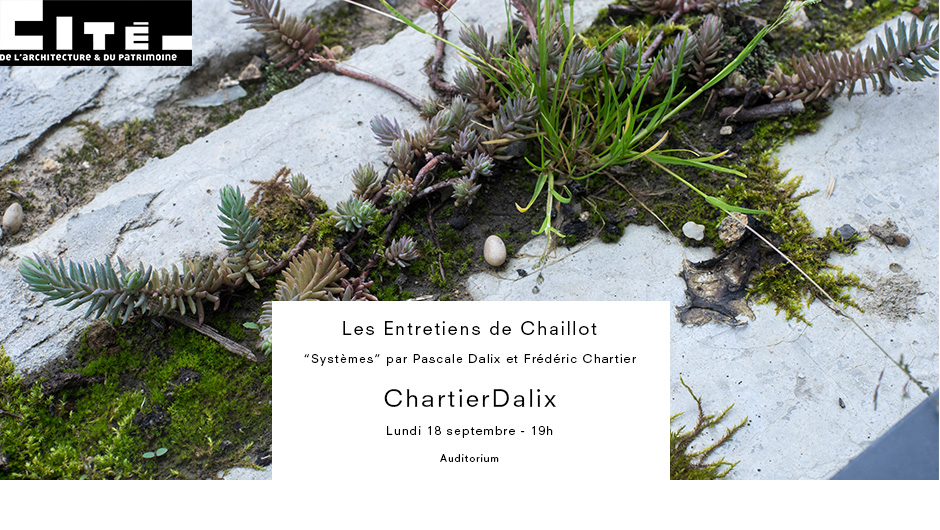· 2 min read
Context is everything

As everything in life depends directly on how you look at it, a building or a place is interacting with its context. In the pictures below (from this post), the same places are seen from different points of view, which give a much different appreciation of the famous sites!
Giza’s Pyramids


Taj Mahal 
 Forbidden city
Forbidden city
 These places are particularly touristic ones and the pics emphasise two totally different focuses on the same objects but still, it reminds me an elementary rule for good architecture: context is everything.
These places are particularly touristic ones and the pics emphasise two totally different focuses on the same objects but still, it reminds me an elementary rule for good architecture: context is everything.
An architectural project doesn’t emerge only from the delirious imagination of a human head, but takes its roots on the site it is developed on. I wouldn’t be able to conceive a building for a place I’ve never been to. How could one answer to a situation if one have not felt personally, physically, sensitively, its landscape? How to understand a problem if you don’t understand the many parameters of it? The winners of architecture competitions often are people who have a clever interpretation of the site and propose a peculiar solution to a peculiar context. I guess this is not odd that my favorite architectural firm is SITE. Their projects are always very specific to a client, to a lot, to a particular question, using what is needed (art, vegetation, environmental concepts,…) to propose a good solution.  This is why I have my doubts about those “open architecture” ideas developing lately, like wiki house or paperhouses. Free design and sharing ideas is great but copy-and-paste a project to build it everywhere sounds to me like the death of architecture. In some suburbs, it’s so boring to see the same house replicated endlessly; why would it be better if the house is self-made and cheap? There is no quality without adaptation to the context: social organisation, available materials, housing habits, surrounding landscape, space needs, personal desires, and so on.
This is why I have my doubts about those “open architecture” ideas developing lately, like wiki house or paperhouses. Free design and sharing ideas is great but copy-and-paste a project to build it everywhere sounds to me like the death of architecture. In some suburbs, it’s so boring to see the same house replicated endlessly; why would it be better if the house is self-made and cheap? There is no quality without adaptation to the context: social organisation, available materials, housing habits, surrounding landscape, space needs, personal desires, and so on.


